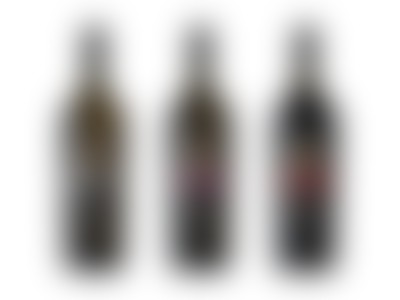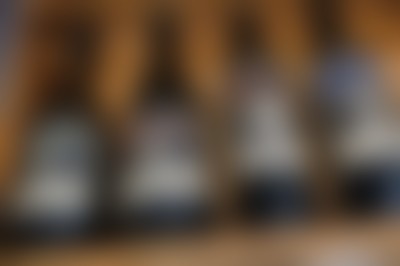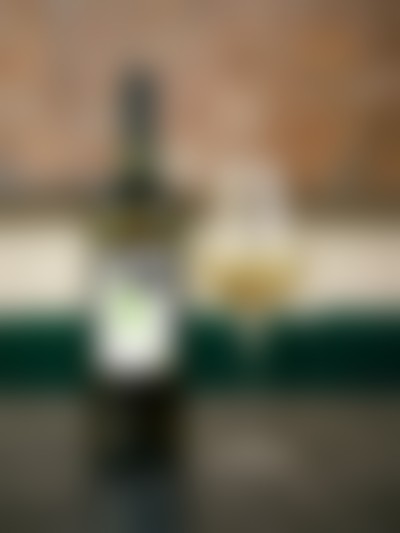Other wine naming
Wine naming has its own distinct specifics: the vast majority of names is tied either to toponyms and history of the places where the vineyards are located, or to the surname of brand’s founder. Many owners of new wineries support this tradition. By looking at Russian wine labels, for example, you can study geography of our southern regions. However, there is another approach. As of late, names that say nothing about which chateau the grapes grow near or in whose cellars the wine matures have become especially popular.
Some producers strive to immediately reveal wine’s character to the buyer, such as Australian company Mollydooker. Its bold and rich shiraz is perfectly matched with its name – Boxer, and light but nuanced merlo is called The Scooter.
A Crimean brand Alma Valley uses a similar strategy. Among its wines there are Picnic wine and Summer wine, a bottle of which should be opened to a song of the same name by Nancy Sinatra. The Wölffer Estate brand with its its wine Summer in the bottle also brings back warm summer days to its customers.
Californian producer Simple Life produces wine with a calm and seasoned bouquet. If everything is bad and you intend to rub it in all evening, then the manufacturers are ready for this – take a bottle of Empty Hopes from the shelf.

Image Wölffer Estate
If you are expecting guests, you can put Guess who’s coming to dinner wine on the table. Such an original name will definitely be a good conversation starter. Wine in general is good for conversation, and these associations were also used in the naming.
For example, Long story short from New Zealand refers to long friendly gatherings, when one of the people ends their story with this very phrase.
It’s nice not only to talk while drinking good wine, but also to calmly contemplate what’s happening around you. Outer sounds was created just for this mood. And the Listening station wine is named after an Australian listening system, which can pick up any sound in the silence of the night. By the way, the producer of this wine claims that its grapes are harvested exclusively at night.
But a glass or two of wine contributes not only to intimate conversations and dreamy silence. Often the opposite is true – the sounds become louder. The naming of the Decibel line of a New Zealand brand Gimblett Gravels is based on this association.

Image The Balloon Tree
At the beginning of this article, we mentioned that wines are often named after the founder of the brand. But British performer Sting moved away from this tradition and names wines produced at his Il Palagio estate after his songs, many of which have long become classics: When We Dance, Message in a Bottle, Casio delle Vie, Sister Moon...

Image Il Palagio
A Russian brand Myskhako is traditionally named after a village in Krasnodar region. But the naming of a wine line is quite unusual – Black from Black, Rosé from Red, Black from Red. The names turned out to be very atmospheric, while, in fact, the consumer is simply told what kind of grape each drink is made from.

Image Myskhako
Sometimes the associations on which the naming is based can be quite simple, like if the wine is pink, it means Flamingo. And one of the American brands was named Veritas – in honor of a popular expression “In vino veritas, in aqua sanitas” (from Latin “Truth is in wine, health is in water”).
A reference to family values is also often used. The Two Hearts, for example, was invented by a couple who own vineyards in the west of Crimea. Thers’s also another winery owned by a couple in New Zealand, which is called The better half.
Many modern winemakers rely on an unusual label to attract buyers.
Let's start with a gloomy one – The Prisoner. Owners of the brand say that they were inspired by The Little Prisoner painting by Francisco Goya. The theme of unfreedom is used in the design of all its labels.
Gravity reminds us that after a couple of glasses of wine the effect of gravity is felt especially strongly. In this case, the name (The Terraces) refers to a common method of growing grapes. And looking at the label of wine from the Las Jaras Wines brand, the consumer immediately understands what taste awaits him.
Some wines manage to get a popular name, such as the legendary Green Tights – one of the first orange wines to appear on the Russian market, and thanks to its ambiguous taste and original label, it immediately received an alternative name. This wine gained fame among not only connoisseurs, but also among ordinary people, after an episode of Leonid Parfenov’s Parthenon was dedicated to it.

Image The Prisoner

Image The Prisoner
From how naming for wines is developed, let’s move on to how they are registered. The name, the logo and the label of any alcoholic product, with the exception of beer, is registered in 33rd class of the ICGS. Once you have chosen a name for your brand or line, make sure that it meets Rospatent requirements:
1) It is not descriptive. Wine cannot be called wine, even in combination with different adjectives;
2) There are no identical or confusingly similar names registered in 33rd class;
3) There are also no identical or very similar names in 32nd class (where beer, water and soft drink names are registered). Despite the fact that classes 32 and 33 are responsible for different types of drinks, the examination will not approve a name for wine or vodka if there is a similar name for juice, and even more so for beer.
Different countries also have their own nuances. For example, in European Union, wineries cannot use the word “port” in the names of their wines unless the material was produced in Portugal. The American wine company Peltier Station found a witty way out of this situation by giving its wine the computer-technological name USB Port.
The 33rd class is filled quite heavily. In Russian Federation there are about 53 500 titles registered in it. But it is easier to register names for wines than for vodka. For vodka, manufacturers usually want a simple Russian vocabulary word or a phrase, and there are fewer and fewer available options left every year. Winemakers have much more freedom – they, as we see, can use atypical, provocative naming or even fantasy names.

